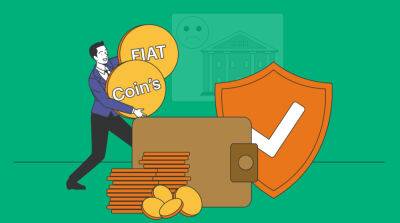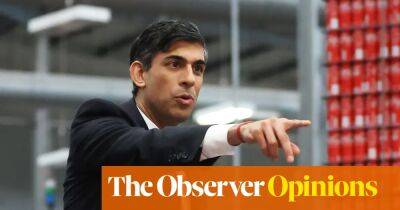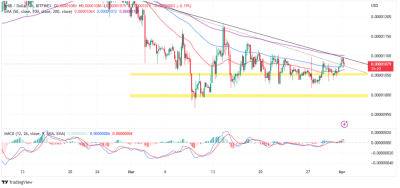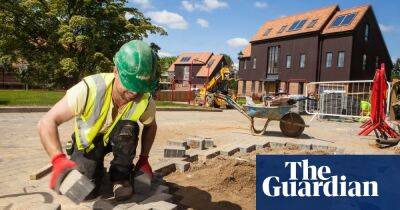UK inflation rise complicates Bank of England’s interest rate decision
For millions of households, there had been hope that the worst of Britain’s cost of living crisis was behind us. But last month’s unexpected increase for inflation – reversing three months of progress – is as a painful reminder the squeeze is far from over.
February’s surprise increase will complicate matters for the Bank of England in particular. Financial markets had been betting over recent days that the worst banking crisis since 2008 could tempt Threadneedle Street to hold back from further interest rate rises. Before its next rate decision on Thursday, a further rise in borrowing costs is increasingly likely.
Soaring food prices were behind the latest jump for inflation, alongside rising alcohol prices in pubs and restaurants after discounting in January. With an increase for food and non-alcoholic drink inflation to a record high of 18% – the highest level in 45 years – Britain’s poorest households, who spend a larger share of their income on basic essentials, will be feeling the worst of the pinch.
Supply shortages of salads and cucumbers drove much of the rise as bad weather in Europe and supply chain disruption led to rationing on the supermarket shelves – in a developmentraising questions over the impact of Brexit, given the curious supply problem appeared not to be replicated in the EU.
For the Bank the focus will be on an unexpected rise in core inflation – the measure which strips out the effects of food and energy from the headline rate – after a jump from 5.8% in January to 6.2% last month. This could suggest that domestically generated inflation is proving more persistent than feared.
The suggestion is that Britain’s stronger economic performance than forecast at the start of the year could strengthen the
Read more on theguardian.com











![Ripple [XRP] surges in this country, but pump-and-dump fears rise - ambcrypto.com - North Korea - South Korea](https://finance-news.co/storage/thumbs_400/img/2023/4/1/62517_hrqq.jpg)



